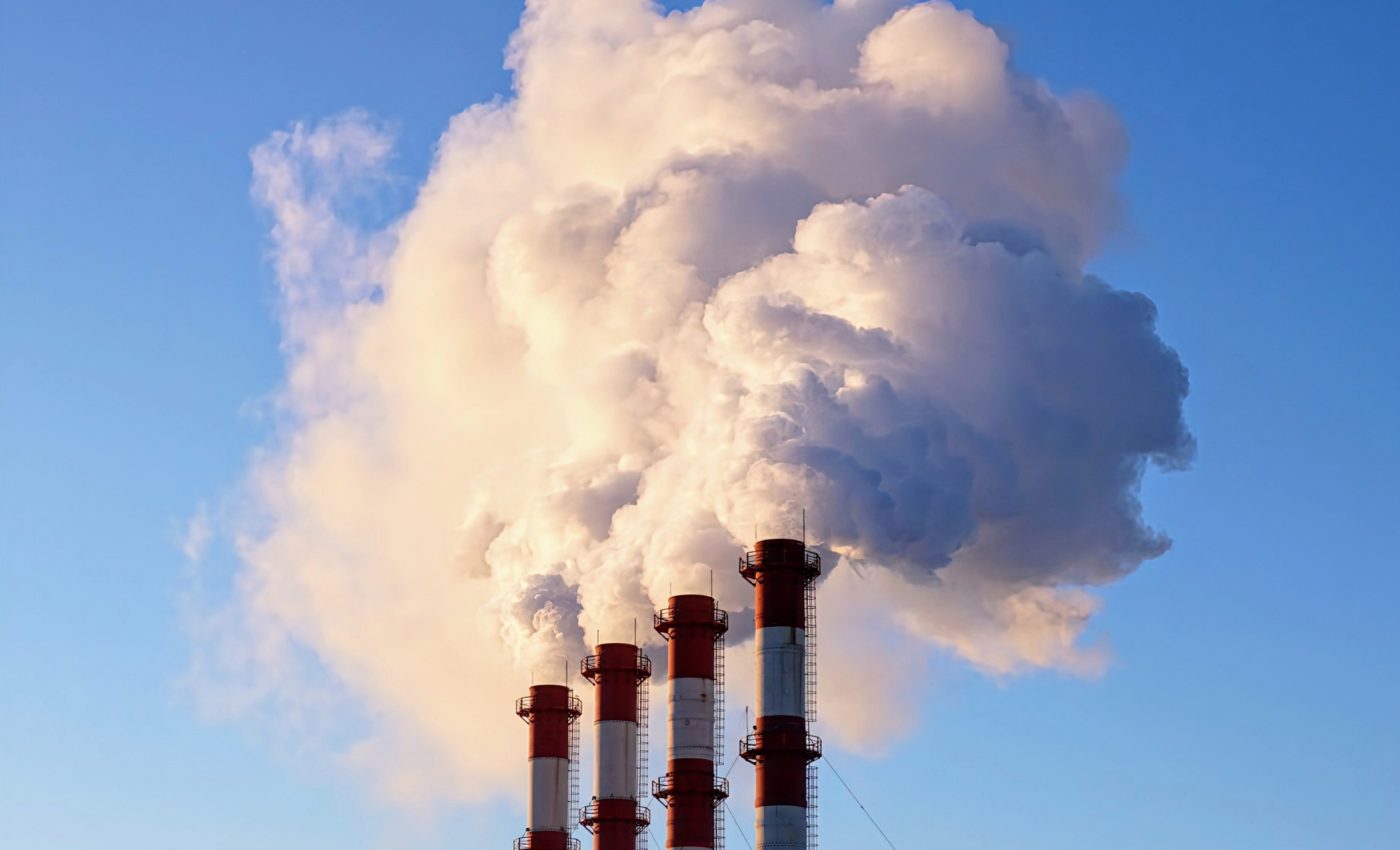
Air pollution linked to higher rates of head and neck cancer
Air pollution is an invisible adversary that continues to plague societies across the globe, threatening public health and the environment in profound ways.
Emerging research is revealing the extent of its impact, suggesting that the air we breathe might contribute to more than just respiratory afflictions.
A recent study conducted by researchers at Wayne State University, Johns Hopkins University, and Mass General Brigham has revealed an alarming correlation between air pollution and certain types of cancer.
The research has uncovered a link between persistently high levels of airborne pollutant particulate matter and increased instances of head and neck aerodigestive cancer. The findings highlight the urgent need for further investigation and preventive measures.
Hidden link between air pollution and cancer
The research spotlights a lesser-studied yet critical aspect of air pollution and its potential long-term impacts on human health.
Historically, research into air pollution and cancer has primarily focused on lower respiratory system cancers, such as those affecting the lungs and bronchial pathways.
This study, however, ventures into relatively unchartered and concerning territory, exploring how pollutants impact the upper aerodigestive tract and contribute to head and neck cancers.
“Head and neck cancer is a harder link to show, and it has a much lower occurrence than lung cancers, but since they also occur as a result of smoking, similar to lung cancers, we wanted to explore any connections,” said study co-author Dr. John Cramer.
“Presumably, the link to head and neck cancer comes from what we breathe to that material affecting the lining in the head and neck. We see a lot of occurrences of where carcinogens touch or pool in the body to where cancers can occur.”
Overlooked impacts of air pollution
Dr. Stella Lee is an expert in the Center for Surgery and Public Health and Division of Otolaryngology-Head & Neck Surgery at Brigham and Women’s Hospital.
She emphasized the need to broaden the study of air pollutants beyond their impact on lung disease.
“These findings shed light on the significant role of environmental pollution in cancers of the upper aerodigestive tract, highlighting the need for further awareness, research and mitigation efforts,” said Dr. Lee.
The team analyzed data from the U.S. Surveillance Epidemiology and End Results (SEER) national cancer database, covering the years 2002-2012.
The influence of PM2.5
The research was particularly focused on PM2.5, a type of particulate matter measuring less than 2.5 microns. The team investigated the potential influence of PM2.5 on the incidence of head and neck aerodigestive cancer.
“The size of the particles is relevant because the classic model for studying the upper airways is that the nose and throat act as filters before it gets into the lungs,” said Dr. Cramer.
“Larger particles are filtered out, but we are conceptualizing that different types of pollution hit different parts of the airways.”
Envisioning a breath of fresh air
The connection between environmental health and human health is an undeniable reality.
“Our study highlights the need to improve air quality standards in order to decrease the risk of developing cancer, including head and neck cancer,” said study co-author Dr. Amanda Dilger.
This research serves as a call to action, shedding light on the crucial role of air quality in our overall health.
By informing the public and influencing policy, it could potentially be a significant step in our collective journey towards cleaner air and healthier lives.
Implications for public health
The findings highlight an urgent need for stricter air quality regulations.
Establishing a link between PM2.5 and head and neck cancer demonstrates that the consequences of air pollution reach far beyond respiratory conditions, calling for comprehensive public health measures.
Prioritizing enhanced monitoring and effective emission reduction strategies is essential to limit exposure to these harmful particulates.
Public health campaigns can raise awareness and empower communities to take protective actions, while policymakers can leverage this evidence to establish cleaner energy initiatives and stricter emissions standards.
The research serves as a crucial reminder that combating air pollution is not just about protecting the environment – it is fundamental to preserving human health and well-being.
The study is published in the journal Scientific Reports.
—–
Like what you read? Subscribe to our newsletter for engaging articles, exclusive content, and the latest updates.
Check us out on EarthSnap, a free app brought to you by Eric Ralls and Earth.com.
—–













